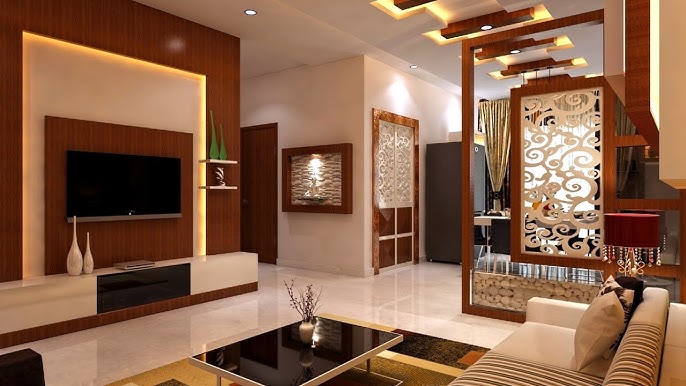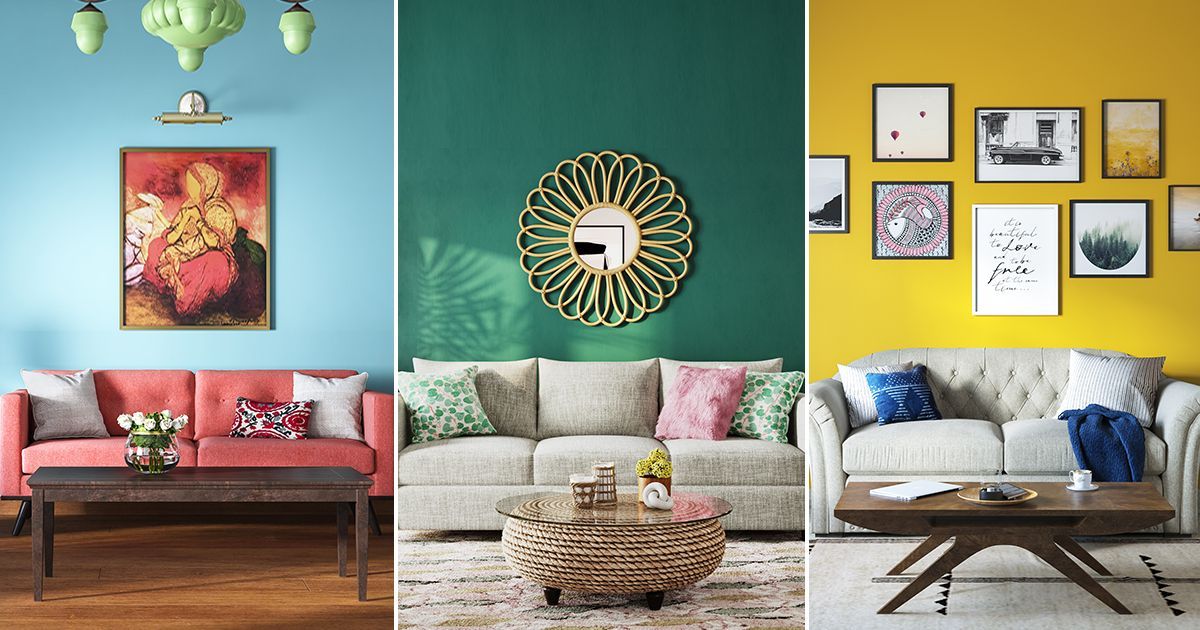Change Your Home With Vital Principles of Interior Decoration and Visual Appeals
By understanding the effect of shade concept and the importance of appearance and patterns, one can create spaces that are not only aesthetically enticing however likewise deeply individual. Attaining this equilibrium involves even more than plain decor; it encompasses a calculated plan and an eager understanding of exactly how each aspect engages within a room.
Recognizing Shade Theory
Color theory is an essential element of indoor style that dramatically affects mood, understanding, and total aesthetic. Comprehending the principles of shade theory allows designers to create spaces that resonate emotionally with occupants while fulfilling practical demands (Architecture Firm). Shades can be categorized into three primary kinds: key, second, and tertiary. Each group plays a crucial role in developing consistency within an area.
The psychological influence of shades is profound; cozy tones such as reds and oranges stimulate energy and heat, while trendy tones like blues and environment-friendlies promote calmness and peace. Additionally, the usage of complementary colors improves visual passion, developing striking contrasts that can elevate an area's appeal.
Neutral shades, on the various other hand, function as a flexible background, enabling various other design components to radiate. It is vital to consider variables such as lighting and the room's objective when selecting a shade combination, as these can change the understanding of colors throughout the day.
Ultimately, a well-considered shade plan can change a space, fostering a feeling of convenience and style that lines up with the citizens' preferences. Proficiency of shade concept is, as a result, an essential ability for any interior designer aiming to develop harmonious and inviting atmospheres.
Attaining Balance in Design
Just how can developers achieve a sense of balance in their areas? Achieving equilibrium in style is basic to creating harmonious interiors. Designers can use three primary kinds of equilibrium: symmetrical, asymmetrical, and radial. Symmetrical balance includes organizing components evenly around a central point, promoting a feeling of order and peace. This type usually features pairs of furniture or art work, enhancing aesthetic stability.
Asymmetrical equilibrium, on the various other hand, relies upon differing aspects that still attain a cohesive look. This technique enables for even more dynamic and casual plans, providing passion while keeping stability. By thoroughly picking varying dimensions, colors, and textures, developers can develop a visually compelling room that really feels balanced yet energised.
Radial balance emphasizes a central centerpiece with components radiating outside. This style is typically seen in circular designs, where furniture and decor create a natural surround that attracts the eye internal.
Eventually, achieving equilibrium requires thoughtful consideration of scale, percentage, and the relationships between components. interior design firms. By skillfully using these equilibrium concepts, designers can change rooms into environments that really feel both aesthetically pleasing and functionally harmonious, enhancing the overall experience for owners
Importance of Spatial Awareness

A keen sense of spatial recognition allows developers to determine prime focus within a room, directing the audience's attention to crucial features while keeping an overall sense of unity. It additionally aids in the critical placement of lights, which can substantially influence the understanding of room and state of mind. Moreover, understanding spatial relationships enables the designer to satisfy the certain demands of inhabitants, guaranteeing that each location learn this here now serves its designated function without compromising aesthetic appeals.
Ultimately, spatial understanding is critical for making best use of the possibility of any type of interior room. By carefully considering the interplay in between measurements, design, and function, designers can develop atmospheres that not only satisfy practical needs but also evoke a feeling of comfort and elegance, enhancing the total living experience.
Incorporating Appearance and Patterns
Embracing a varied series of structures and patterns can significantly improve the aesthetic and tactile charm of an indoor space. The calculated use different products-- such as timber, metal, material, and rock-- develops depth and rate of interest, making an area feel much more welcoming and vibrant. For example, integrating smooth surface areas with harsh textures can establish a balance that attracts the eye and engages the detects.
When integrating patterns, consider both scale and repeating. Big patterns can work as centerpieces, while smaller sized, refined layouts can enhance various other elements without overwhelming the area. Layering patterns, such as pairing flower cushions with striped throws, includes intricacy and a feeling of harmony if carried out attentively.
It is also crucial to maintain a natural shade palette, ensuring that appearances and patterns collaborate rather than compete for focus. By selecting a couple of crucial textures and patterns, you can create an unified visual that reflects your individual style while boosting the overall ambiance of the space. Ultimately, the cautious incorporation of these components can transform a mundane area into an innovative environment abundant with character and warmth.
Customizing Your Space
Producing a space that reflects your individuality is crucial to achieving a genuinely inviting atmosphere. Customization in interior layout enables you to instill your unique style and passions into your home, transforming it from a mere sanctuary right into a haven find out here now that talks with that you are. Begin by selecting a shade palette that resonates with your feelings-- vibrant hues can stimulate, while soft tones supply serenity.
Include artwork and design that show your interests, whether it be traveling, nature, or abstract concepts. Presenting individual collections, such as publications, photographs, or souvenirs, can evoke treasured memories and develop prime focus within a room. In addition, take into consideration tailoring functional pieces, like upholstered furniture, to line up with your visual choices.

Final Thought
In conclusion, the transformation of a home via the crucial concepts of interior decoration and aesthetic appeal necessitates a thorough understanding of color concept, equilibrium, spatial understanding, appearance, and personalization. Each component contributes dramatically to try this web-site producing a harmonious and useful living atmosphere - luxury interior design. By attentively integrating these principles, people can improve the aesthetic charm and psychological resonance of their areas, inevitably fostering a home that mirrors special identities while giving comfort and functionality
Comments on “Choose an innovative Architecture Firm for cutting-edge and creative designs.”